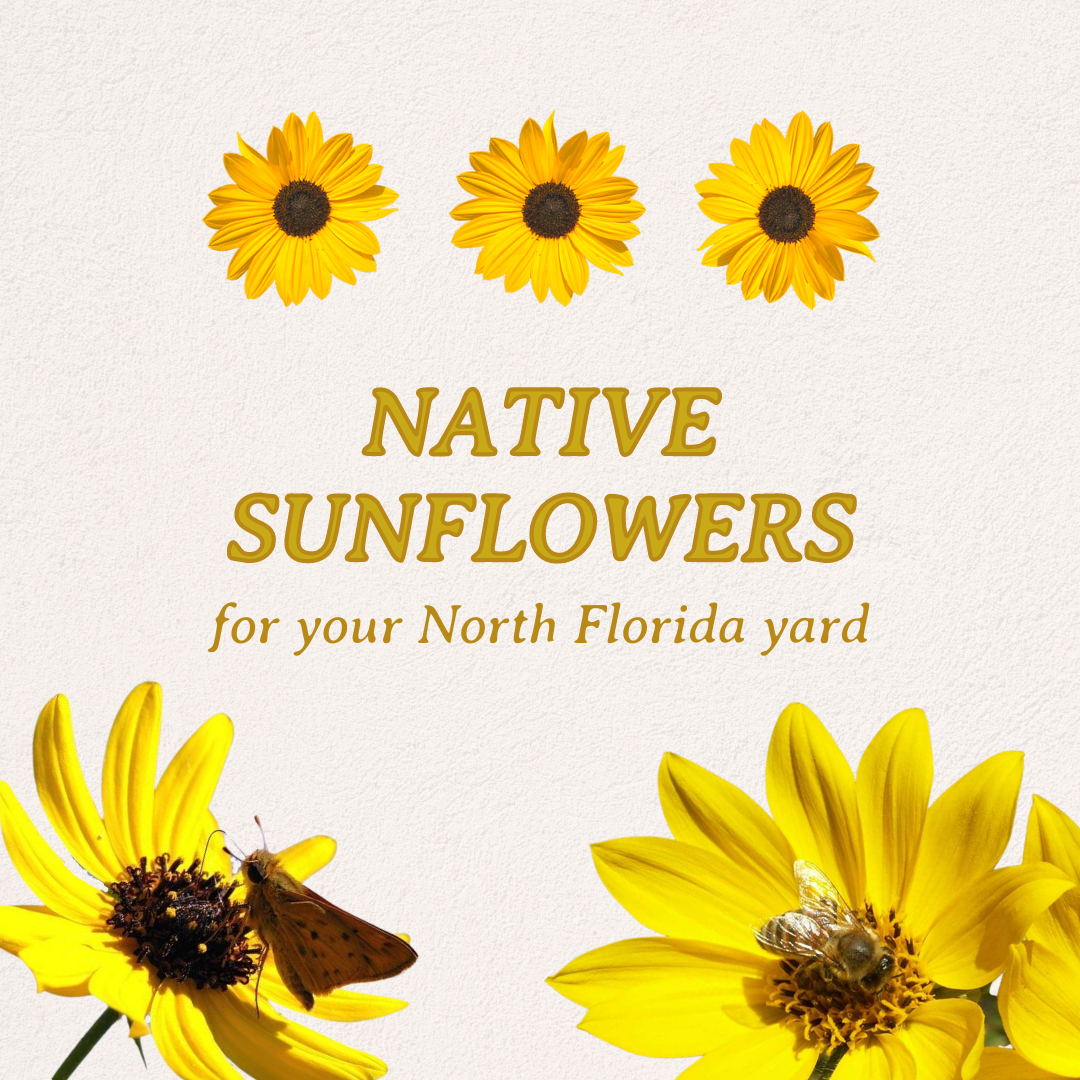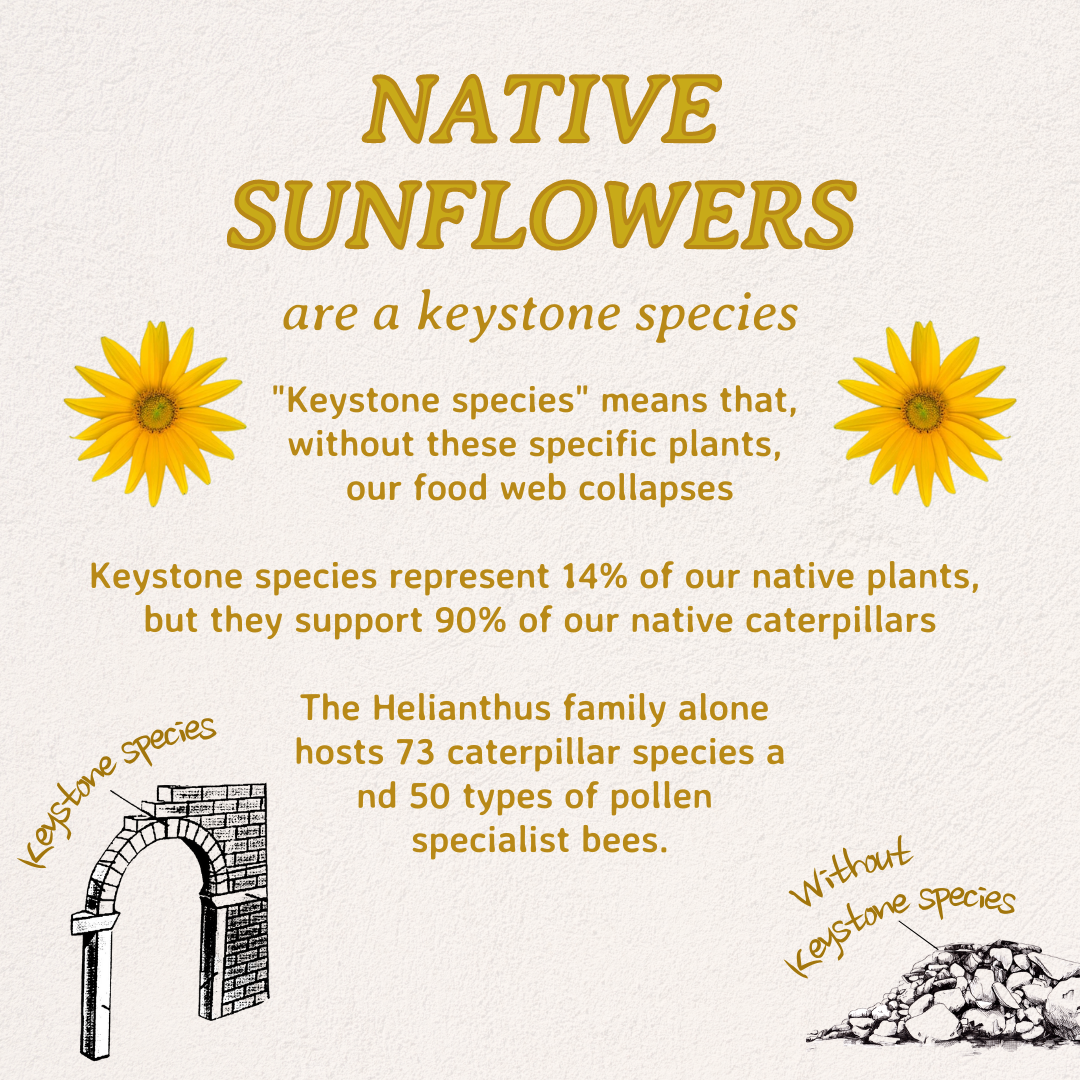I love acorns – their simple beauty, their value as wildlife food and the promise they hold for the future.
The caps are cute and some have very interesting textures and patterns. A swamp chestnut oak’s cap consists of many woody scales in an intricate overlapping pattern. It is large enough (up to 1¼ inches wide) to serve as a squirrel’s helmet if it only came with a chin strap. The over-cup oak’s cap is unique because it encloses ninety percent of the acorn.
The live oak acorn, when freshly fallen, is white on top, grading into pale yellow and on to dark green. I love this acorn after it has had time to ripen and change colors. The top becomes tan and transitions into a beautiful black. I like to buff them to get a striking sheen and have a handful sitting on my dining room table with a fresh green sweetgum ball and a branch of pokeweed.
I suspect deer, turkey, bear, woodpeckers, wood duck and 75 other species of wildlife see beauty in calories and full stomachs. Acorns can be a staple in their autumn diet. For a deer, a large swamp chestnut oak acorn at 1.6 inches long and over one inch wide would be a tasty morsel indeed.
I enjoy watching a busy squirrel dig a hole, place an acorn in it and pack the soil with a jack hammer action, then sneakily hide the spot by raking leaves over it. I wonder if it will find the acorn during winter. If not, this acorn holds a promise for the future. With warming soil in spring, the acorn is split in half by the root and tender shoot and a new oak tree is on its way. The root grows quickly and deep, beginning to form an incredible anchor, sometimes extending three times the spread of the branches above. The shoot depends on luck that open space waits above providing maximum sunlight and room to grow to its full magnificent size and shape.
Size and shape vary in the noble oaks—from the diminutive running oak, usually less than three feet tall and forming extensive ground cover by underground runners, to the stately southern red oak, up to 125 feet tall. The Florida champion live oak in Gainesville has a spread of 160 feet and a height of 85 feet. I’m lucky to have a patriarch live oak in front of my house on Ellicott Drive in Tallahassee. It has three huge vertical trunks and one big horizontal limb 36 inches in diameter that sprawls 81 feet across my yard. It is a massive weight to hold horizontally, requiring strong wood. The limb seems to be tiring with age; it rests wearily on our yard. Fifteen years ago it was six feet off the ground.
I like to think of this tree as mine, but it really belongs to the people of Tallahassee. This tree produces many acorns. The few that survive the blue jays, squirrels and acorn grubs may grow into other majestic specimens for future generations to enjoy. So the acorn holds a wonderful promise for the future. Maybe that is why I love acorns so much.








